Jaspreet Digital Receipt #2
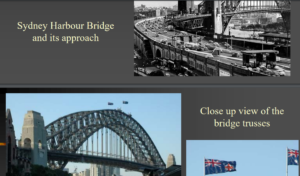
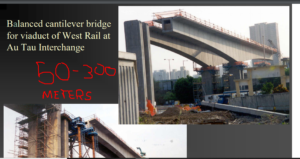
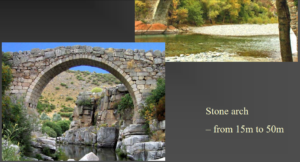
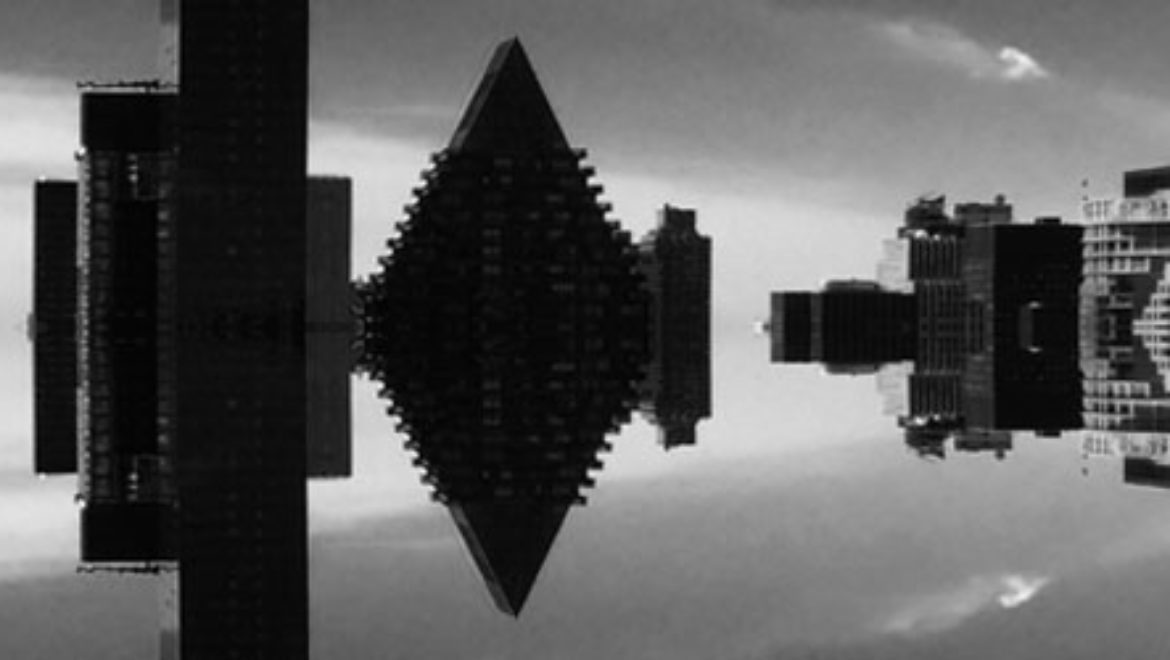
Tuesdays 5:00-6:15pm | North Academic Center Library 1/301Y [email protected] | (646) 801-1462



In the text, ‘Construction of Bridges’, the author Raymond Wong analyzed and shared his knowledge of the construction of bridges, and how it functions to serve civilization as whole. Wong, initially brings about the information of Bridges by correlating its aspects to the field of STEM which explicitly stands for: Science, Technology, Engineering, and Math. Although Wong did not state how people from different fields and knowledge cooperate with one another, Wong imply that the construction of massive bridges requires a lot of knowledge from people with different backgrounds in their profession. For example, it takes not only a civil engineer to construct a bridge, but an architect for the blueprint as well as electricians to install lights in the bridge. Moreover, Wong provided visual diagrams of bridges and different types of bridges. There are bridges with suspensions which bears the weight and extend beneath the bridge itself. There are also beam bridges and arch bridges differing in all shapes and sizes. Wong furthermore provided where certain types of bridges stand in the world. From his text, we can see a balanced cantilever bridge for viaduct of West Rail at Au Tau Interchange. Many third world countries are now expanding on their knowledge of STEM allowing their society to build fascinating structures like bridges as bridges serve to show a conjunction of unity not only through practical uses but metaphorically as well. From the picture provided in the text, we can pinpoint the span for the cantilever bridge expands from 50m to 300m. In perspective, an average adult male stands merely at 1.8m! As civilization throughout the world expands, the education push for STEM will grow.
Week 2 response
The article “Tapping Signals Replacement for Keyboards” written by John Kosowatz , Senior Editor, ASME.org uses visual elements to help reader understand more about the how the TAP wearable device works and the benefits of using it. The first picture on the article shows that “ a man is using the TAP to navigate Hololens AR headset. Image: TAP Systems” . It demonstrates reader about the function of the TAP. TAP allows a user to tap letters, numbers and words into a device without a keyboard. It gives the reader a better understanding of the advantages of TAP and why it is more convenient than normal keyboard. One of the primary advantage visual elements offers is simplicity. For example, when you get lost by reading a long article, you can find it easier and faster by looking at picture to get the information the author wanted to express. Visual elements are relatively more eye-pleasing. When presenting an amazing shot, it makes people relaxed. A funny picture makes people laugh and will help people memorize the information better.
The second picture in the article shows readers the actual product, it is a “wearable keyboard, mouse and game controller that connects to most Bluetooth enabled devices. Image: TAP Systems”. It helps the reader remember the product.
when people cannot understand foreign language, a picture will remove the language barrier. This is the reason that many article use visual elements in addition to words to send message. Visual charts and graphics can be posted online, put beside the website on anywhere audible. Such flexible communication form can bridge geographic distance and cross cultural differences.
Visual elements prevails in the efficiency of communication. For example, a bar chart helps the reader find out the first and last item at a glance. A line chart on stock with an uprising arrow tells readers immediately that the stock trend is increasing and favorable.
 Working on Week 2 response!!!!!!!
Working on Week 2 response!!!!!!!
Luke Kuechly is one of my favorite athletes ever. He is also the star player for my favorite sports team, the Carolina Panthers. This article, written by Jourdan Rodrigue, explains a small piece of technology that Kuechly is wearing this season to help prevent concussions using text, photographs and videos.
This mysterious piece of equipment is not seen commonly yet in the NFL and is called Q collar. Kuechly has had issues in the past with concussions which is common in the NFL. The Q collar is in prototype phase and through research of woodpeckers it has been developed. The article explains that woodpeckers tongue puts pressure on its jugular vein when pecking to limit or eliminate head trauma.
You can see how this piece of technology would be hard to visualize with out images. Furthermore, when Kuechly is wearing the Q collar in a game you can hardly notice it. The images show that it is a small collar worn around the neck. The collar presses slightly on the jugular vein of the player, this slows fluid outflow from the brain allowing the brain more cushion from fluids. An example was given by Dr Gregory Myer on the thought process behind the Q collar, “By putting a small “kink in the hose so that extra blood volume is filling that free space…we’re just filling up that free expandable space, so the brain has less room to move in the skull.” The images show how the collar attaches to the neck using a bouncy ball as an example. Other images also show Kuechly in action wearing it along with several videos.
The Q collar is still in a preliminary stage and not yet proven to decrease head trauma. With NFL careers becoming shorter and shorter due to concussions, players are willing to try extreme ideas and technology to prolong their careers and save their brain long term.



This article is trying to inform the reader of this area in Africa that has not been interfered by humans. The use pictures to show the different species that they have found and help the reader to better get an idea of the type of animals that the scientist encountered in the forest. It can also be said that the intent of the article was to encourage the young to protect special places like these ones that are not harmed by humans. The visual images also give the reader an understanding of how steep the mountain is and how remote it is. This will help the reader to better understand why no one has ever gone to even go up there. They also show potential animals that can be new species that the scientist has discovered and help the reader have a visual of the animals that live in the area. The images convey to the primary message, this place has been out of touch with the rest of the world and we should make efforts to protect these places against people. This images shows what life that lives in this area and through the appeal to emotion, seeing all these nice animals living in the forest, we shouldn’t bother them and leave them alone. Also, the image of the how the mountain was formed is a good visual way to help the reader better understand what erosion can do on a great scale. It clearly is also described in the captions with the images as to how over time what erosion has done to that area and has change the geography of the area.
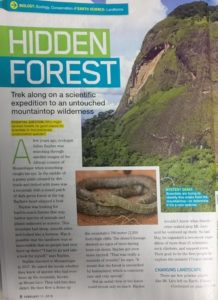
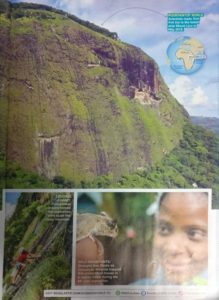
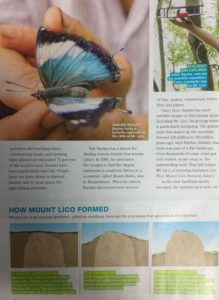
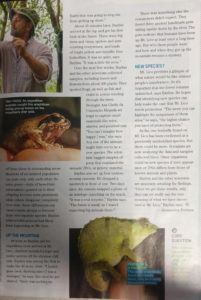
-Tanvir Youhana
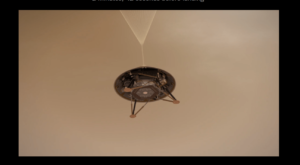
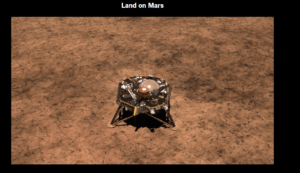
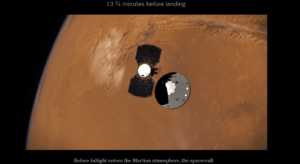
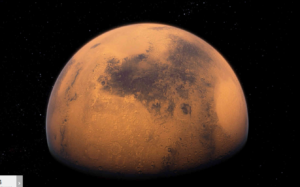
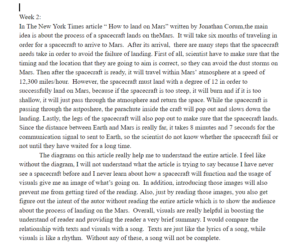
In The New York Times article “ How to land on Mars” written by Jonathan Corum,the main idea is about the process of a spacecraft lands on theMars. It will take six months of traveling in order for a spacecraft to arrive to Mars. After its arrival, there are many steps that the spacecraft needs take in order to avoid the failure of landing. First of all, scientist have to make sure that the timing and the location that they are going to aim is correct, so they can avoid the dust storms on Mars. Then after the spacecraft is ready, it will travel within Mars’ atmosphere at a speed of 12,300 miles/hour. However, the spacecraft must land with a degree of 12 in order to successfully land on Mars, because if the spacecraft is too steep, it will burn and if it is too shallow, it will just pass through the atmosphere and return the space. While the spacecraft is passing through the atmosphere, the parachute inside the craft will pop out and slows down the landing. Lastly, the legs of the spacecraft will also pop out to make sure that the spacecraft lands. Since the distance between Earth and Mars is really far, it takes 8 minutes and 7 seconds for the communication signal to sent to Earth, so the scientist do not know whether the spacecraft fail or not until they have waited for a long time.
The diagrams on this article really help me to understand the entire article. I feel like without the diagram, I will not understand what the article is trying to say because I have never see a spacecraft before and I never learn about how a spacecraft will function and the usage of visuals give me an image of what’s going on. In addition, introducing those images will also prevent me from getting tired of the reading. Also, just by reading those images, you also get figure out the intent of the autor without reading the entire article which is to show the audience about the process of landing on the Mars. Overall, visuals are really helpful in boosting the understand of reader and providing the reader a very brief summary. I would compare the relationship with texts and visuals with a song. Texts are just like the lyrics of a song, while visuals is like a rhythm. Without any of these, a song will not be complete.
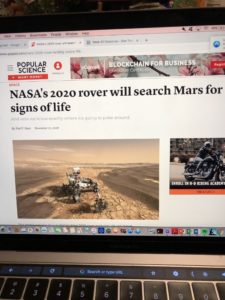
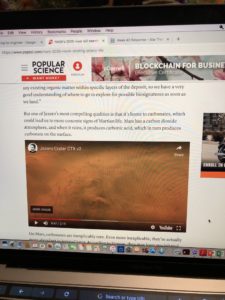
The title of my article is NASA’s 2020 Rover Will Search Mars for Signs of Life. The purpose of this article is to inform the audience about the possibility that life could have existed on Mars. The scientist at NASA believes there may have been life on Mars because of evidence of water. Water is one of the necessities that all living things need and so if a planet has water, there is a chance that there is life there. In order to find more evidence, NASA has planned to create a rover that will reach Mars in the year 2020 and will search Mars for evidence of life.
The author of the article used many visual elements in the article in order to describe the environment of the planet Mars. The article begins with a picture of what the rover was potentially going to look like on Mars. This picture is provided for readers so they have an idea of what the rover would look like and what it would be doing on Mars. The planet is described as red and throughout the article, Mars is referred to as the red planet. The article also provided a video of the surface of the planet Mars which allowed readers to actually see what Mars looked like. This video was helpful because it encourages readers to imagine how life could have been on Mars. Another example is when the article described a lake that was on Mars. The purpose of this was so readers could understand how life could have been on Mars. The article described a lake with a river system. Two rivers fed water into the lake and an outlet valley allowed water out. The way this lake is described on Mars helps readers visualize an ecosystem that could have been the home of various life forms.